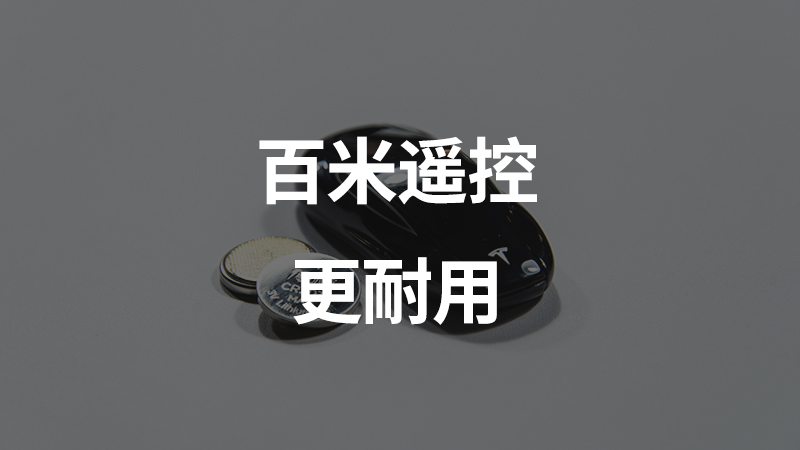Since the launch of our “don’t panic, choose the best” mall on April 2nd, we have received many manufacturers recommending their own products.
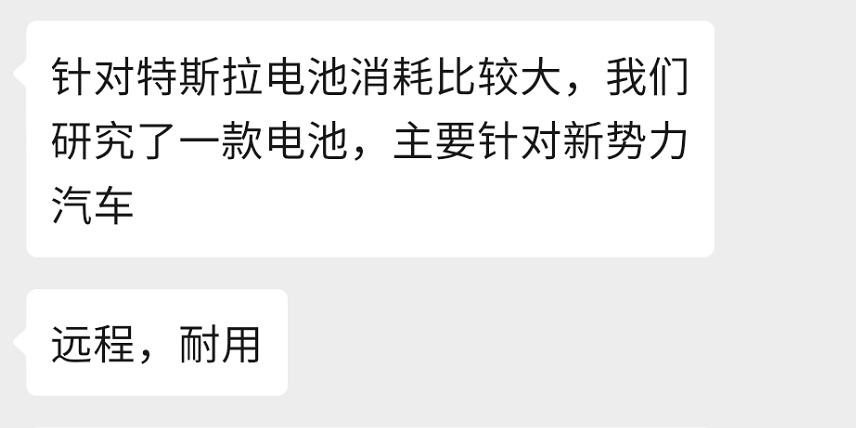
One friend sent me this message, “We have developed a battery specifically for new energy vehicles, aimed at addressing the greater power consumption of Tesla batteries.”
South-Fast Transmission X Tesla?
As a specialist in electric vehicles for many years, my first thought was, can Tesla switch to this new battery?
To avoid being surprised, I asked weakly what type of battery it was.
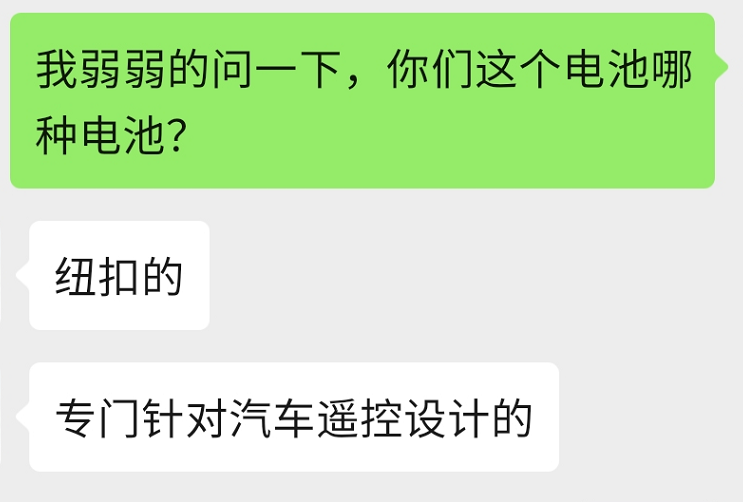
Button battery???

Later they said they were launching a new IoT battery brand called Fast Transmission under the banner of South-Fast battery.
When I heard South-Fast, the first thing that came to my mind was the advertisement–South-Fast Polymer Environmental Protection Battery, One is more powerful than six.
If Tesla uses South-Fast batteries, it sounds like an interesting development.
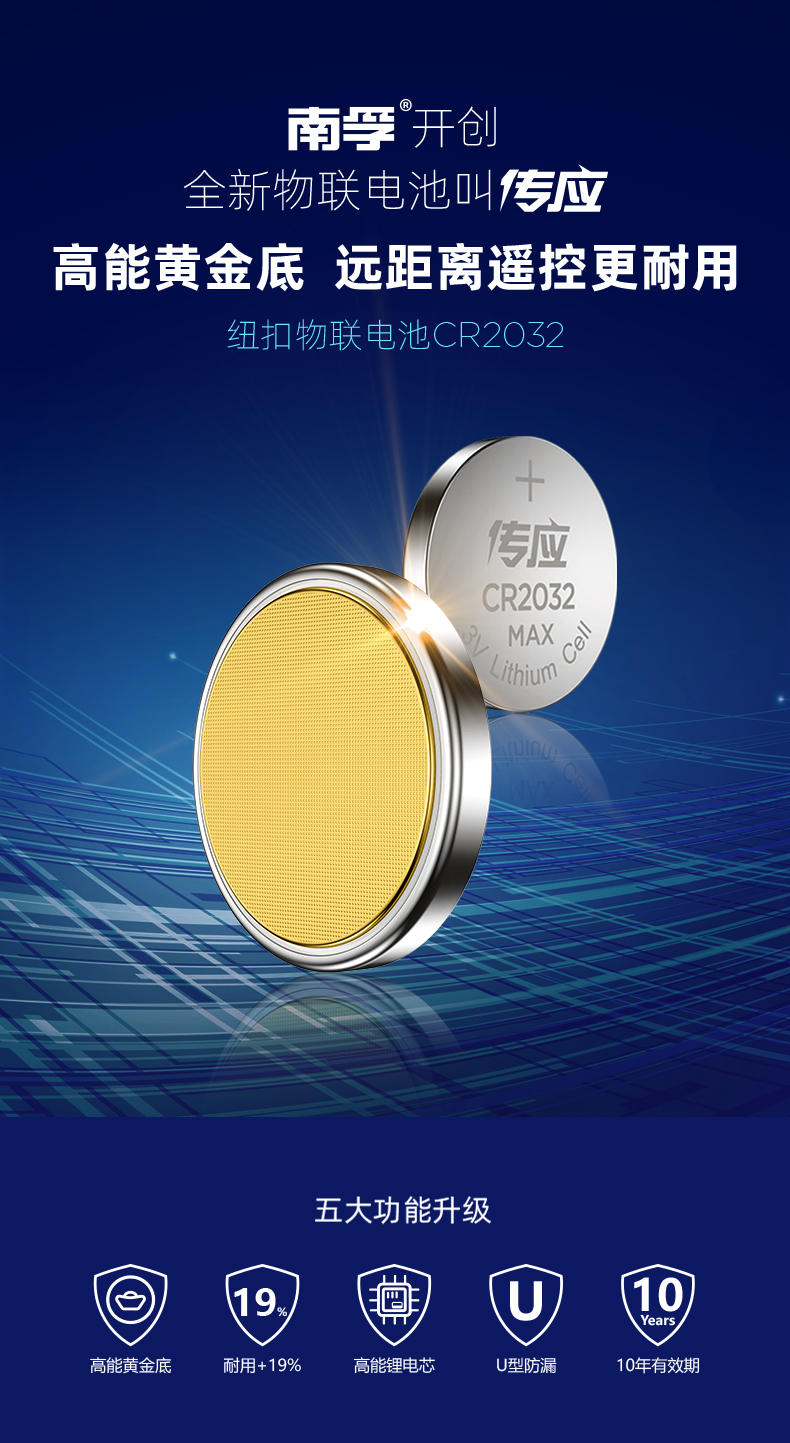
According to official information, the South-Fast Transmission lithium button cell battery uses high-energy and self-developed golden bottom technology, with 99.99% pure gold plated onto the negative electrode, which sounds very high-end.
So why use a golden bottom?
First of all, the discharge mode of car keys is different from that of ordinary electronic products. When the car key is on standby, the discharge current is very small, while at the moment of starting, a relatively large current is required. Many ordinary button batteries suffer significant attenuation after repeated large current discharges, which affects battery life.
On the other hand, gold is one of the highly conductive precious metals, which can reduce internal resistance and increase conductivity, and has very good stability, effectively reducing unnecessary power loss during discharge. Therefore, the use of golden bottom technology can theoretically improve battery life. At the same time, this IoT battery has also innovated its internal structure, allowing for a significant increase in battery capacity.
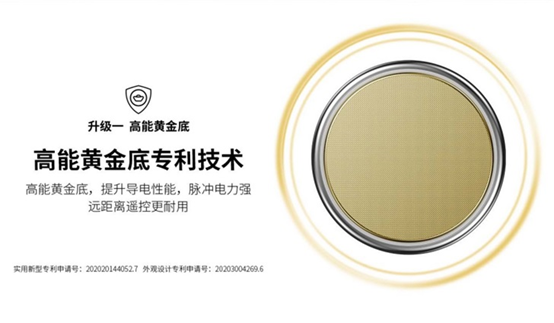 It is theoretically stronger in pulse power that South-Fu-Chuan button cell has over 50 meters of remote control distance, making it more convenient for people to achieve long-distance parking and wake-up functions in larger parking lots due to the use of golden bottom.
It is theoretically stronger in pulse power that South-Fu-Chuan button cell has over 50 meters of remote control distance, making it more convenient for people to achieve long-distance parking and wake-up functions in larger parking lots due to the use of golden bottom.
Of course, anyone can advertise, but the actual test results will reveal the effectiveness.
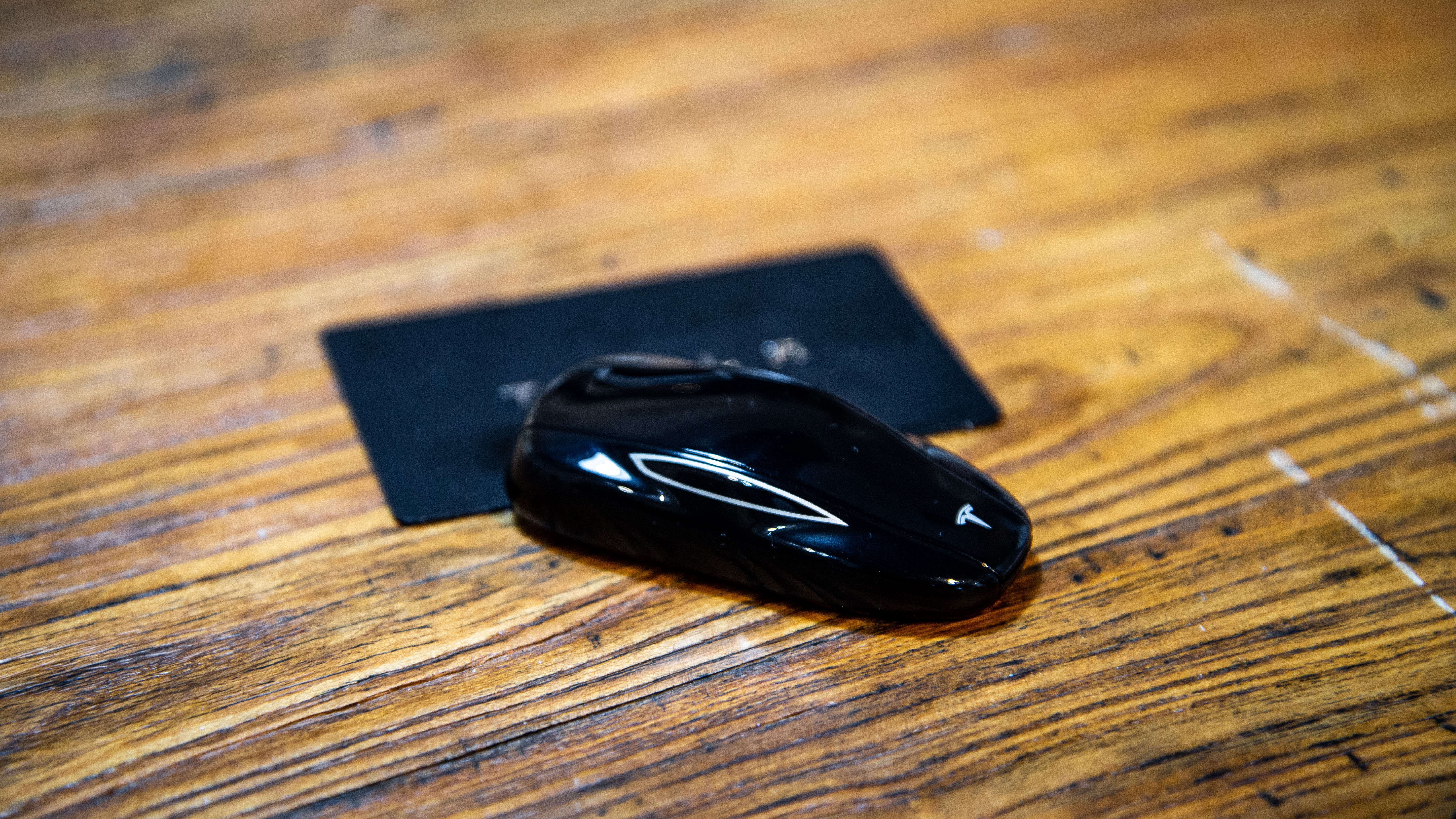
With the booming development of 5G and AI smart technology, the Internet of Things has accelerated, and more and more professional IoT devices have entered into our daily work and life, such as car key, smart weight scale, smart blood pressure monitor, smart remote control, and smart door lock, etc. These connected appliances require an increasing amount of button cells.
Traditional appliances are mainly driven by power-demanding mechanical devices such as toys.
In contrast, the IoT devices are used for sensing, remote control, and other connected scenarios, require the battery to support the signal quickly connecting between the devices, and even support the signal to be transmitted to the cloud. These requirements emphasize that the battery needs to have a large current pulse power during standby and connection that allows long-distance connection instantly.
For these devices, a dedicated battery for power consuming pattern can increase usage time and reduce the number of battery changes, ultimately leading to a better user experience.
Therefore, we decided to conduct a test to compare the South-Fu-Chuan button cell for IoT to the well-known Panasonic button cell in the market.
Unexpected Results from 133 Hours and 7 Tests
After receiving the South-Fu-Chuan button cell, I compared it with the Panasonic button cell that I just bought.
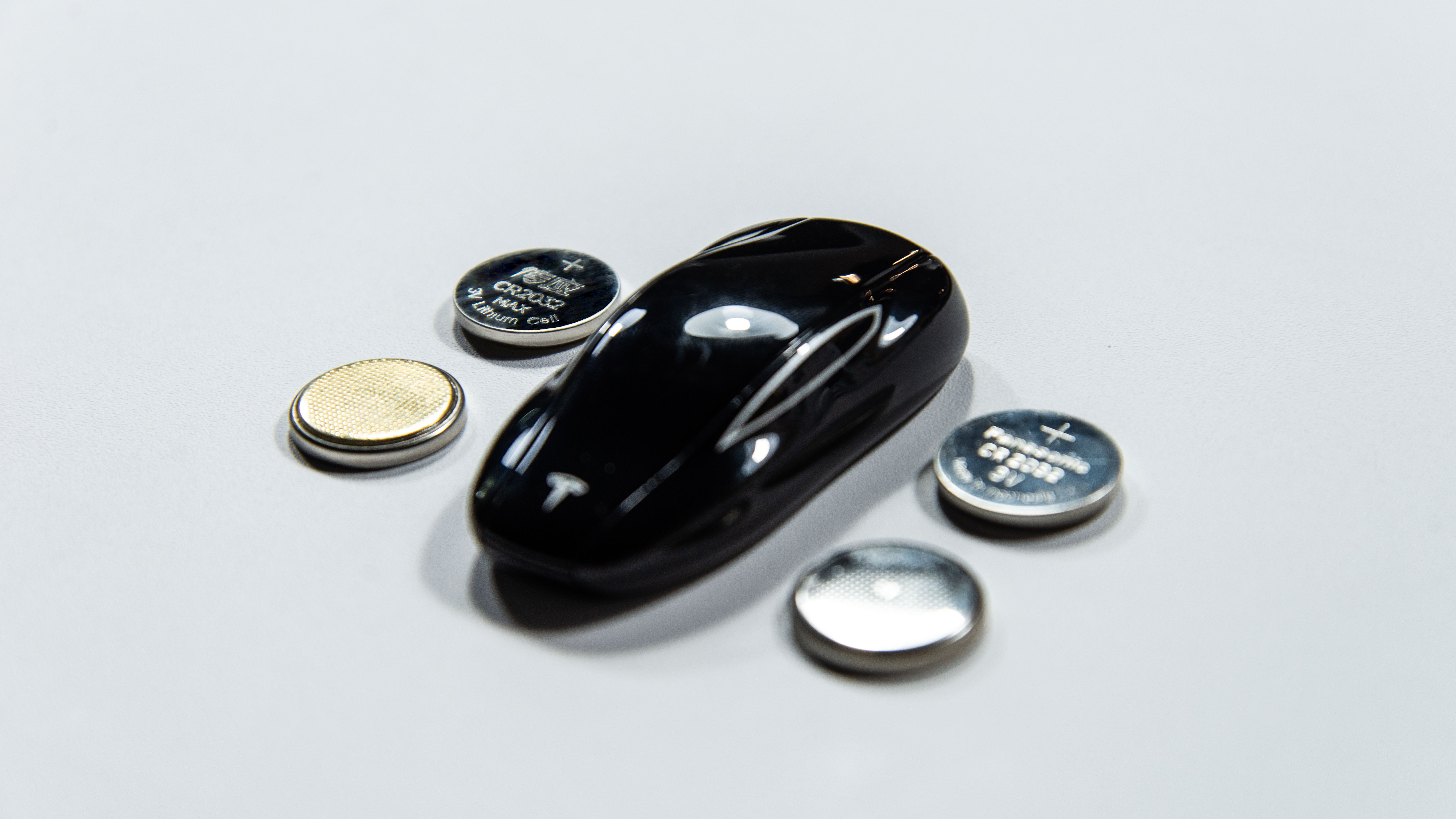
The most obvious difference is that the golden bottom of the South-Fu-Chuan button cell shines brightly.
However, how effective it is has caused me a headache. As a rigorous media worker, I faced a thorny problem: how can I test it?
After all, the discharge current of appliances using button cells is generally very low, even often in a standby state, such as car keys, which usually can last about 3 years…

It is not practical to compare how long different brands of button cells last by comparing actual usage of car keys. It looks like some professional test equipment is needed.
I first bought a dry battery capacity tester, but when it arrived, I encountered a new problem: how much discharge current should I use for testing?
Then I bought another multimeter to check the actual discharge current of Tesla’s physical key.

After actual testing, Tesla’s physical key is in standby mode with a pulse current, and it sends a signal every 2 seconds to detect whether the vehicle is in the co-pilot position. When it does not send a signal, the current is around 10 μA, and when it sends a signal, it is around 80 μA. When the unlock button is pressed, the current is around 5 mA.
Due to the very low pulse current in the standby state and the fact that it would take several years to test with this standard, which is equivalent to putting the battery in the key and leaving it there, I chose 5 mA for testing.
The cutoff voltage for the CR2032 button battery is 2.0 V, but in order to reduce some testing time, I finally set it at 2.2 V.
Let’s take a look at the measured results of the Nanfu Chuanying CR2032 button battery first.
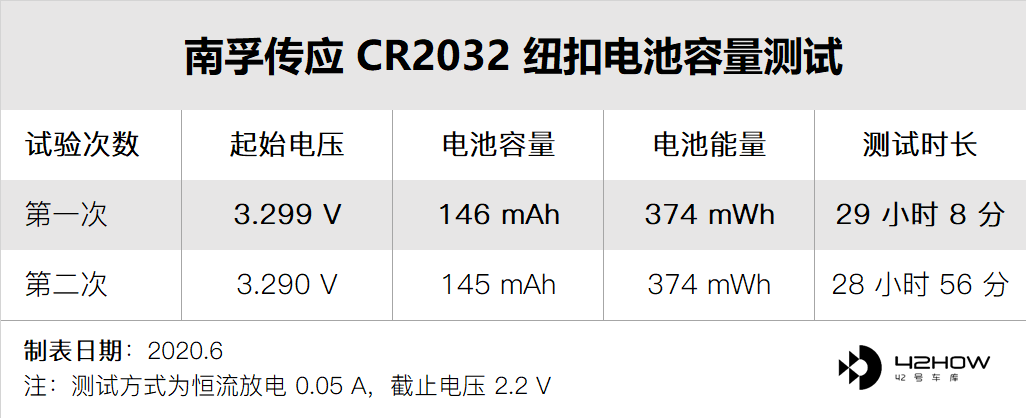
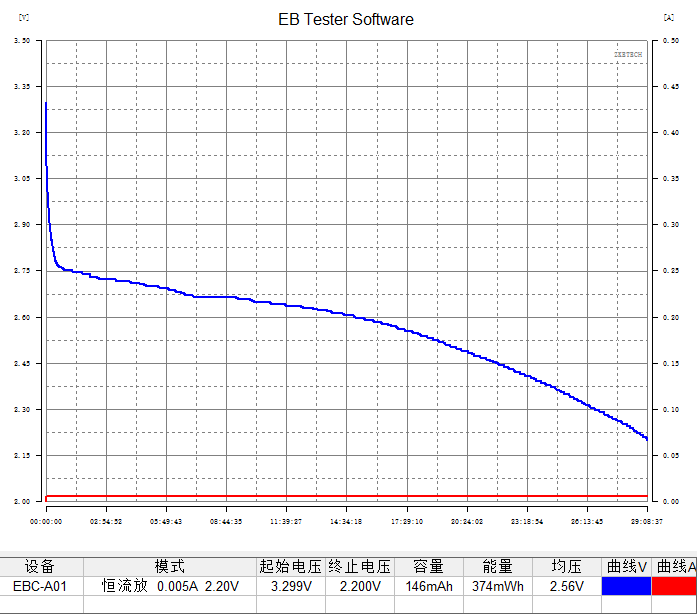
The curve of the first test data
These are the test results of 2 randomly selected Chuanying batteries. From the above 2 data, the test results are very similar. You can remember this result first.
Next, let’s take a look at the test results of the Panasonic CR2032 button battery.
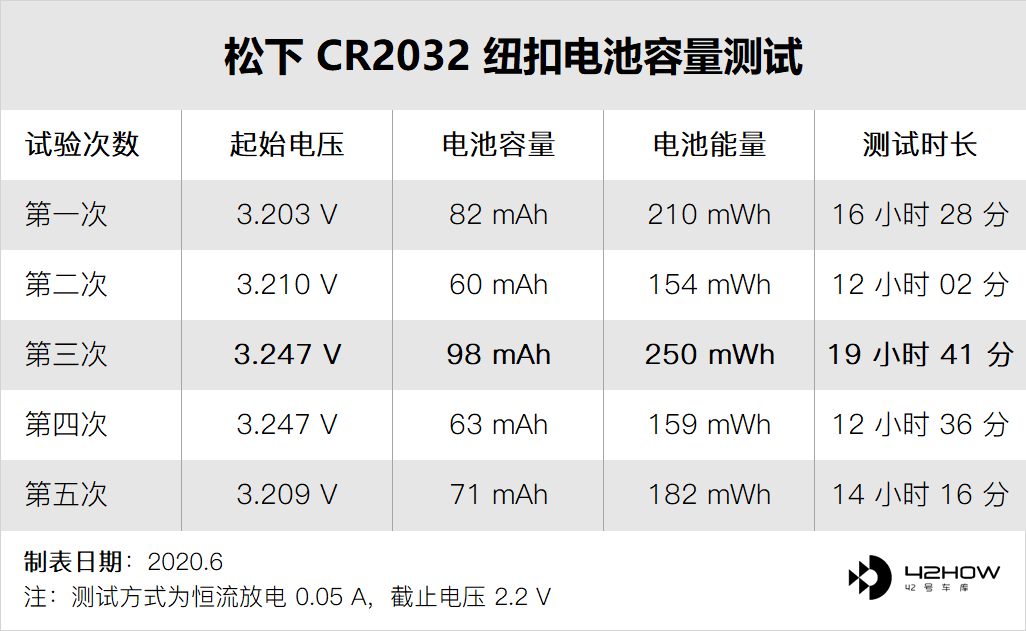
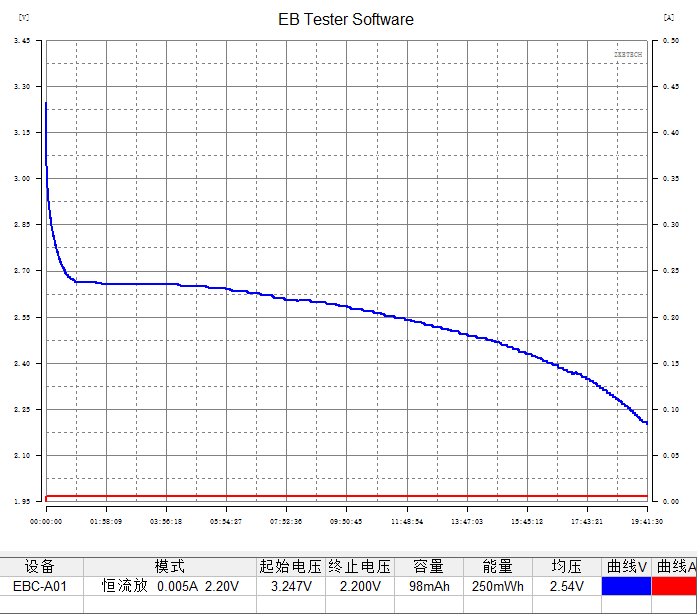
The curve of the third test data
First of all, why did Nanfu Chuanying only test it twice, while I tested the Panasonic battery 5 times?
Mainly because under the same parameter settings, after the first test, it was found that the capacity of the Nanfu Chuanying CR2032 battery was nearly 1.8 times that of Panasonic’s.
This result was quite surprising, and my first reaction was, did I buy the wrong thing on Taobao? The difference is too big.I immediately went to several convenience stores near our office and bought several Panasonic CR2032 button batteries from different sources. Can they all be faulty?
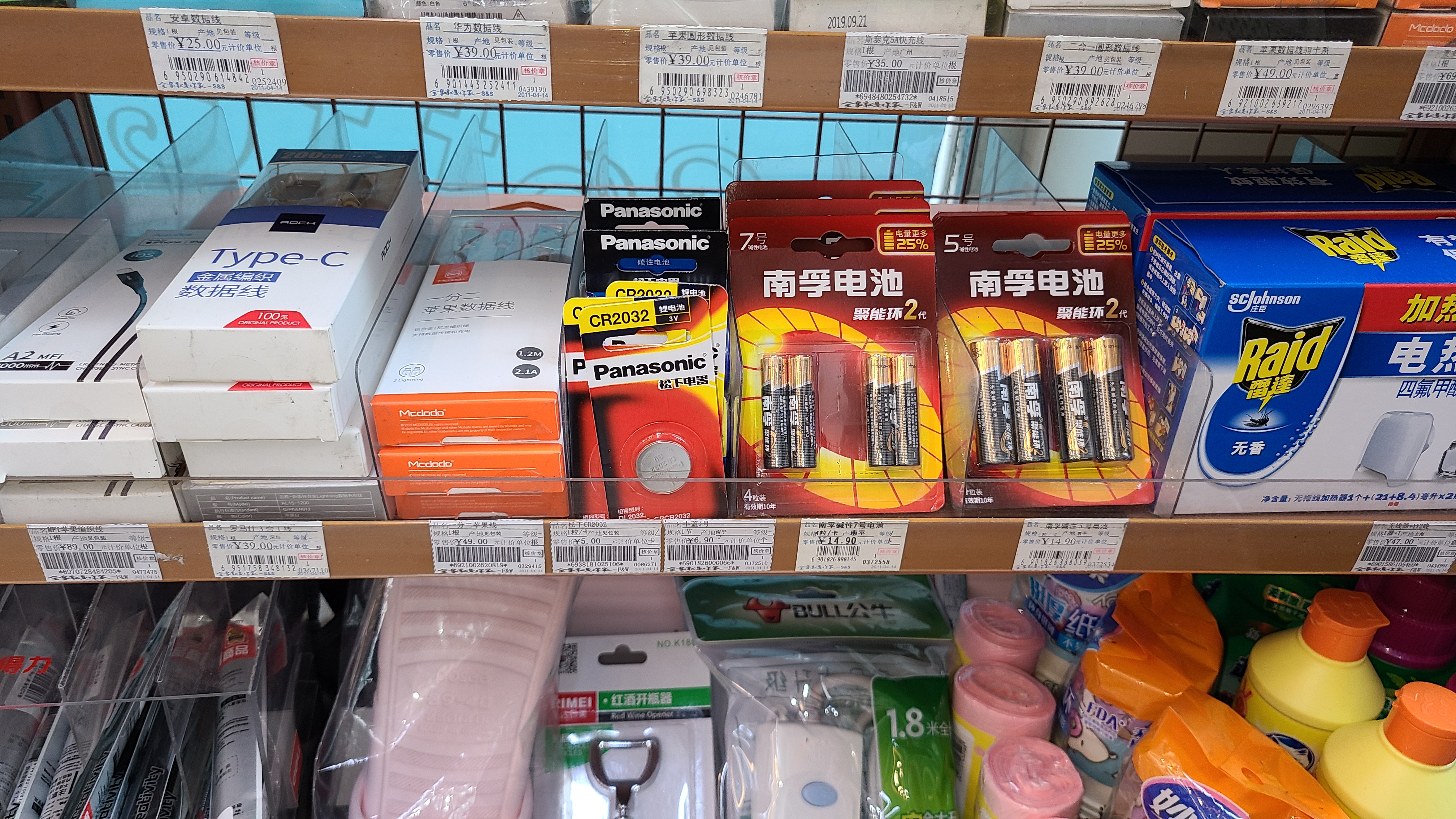
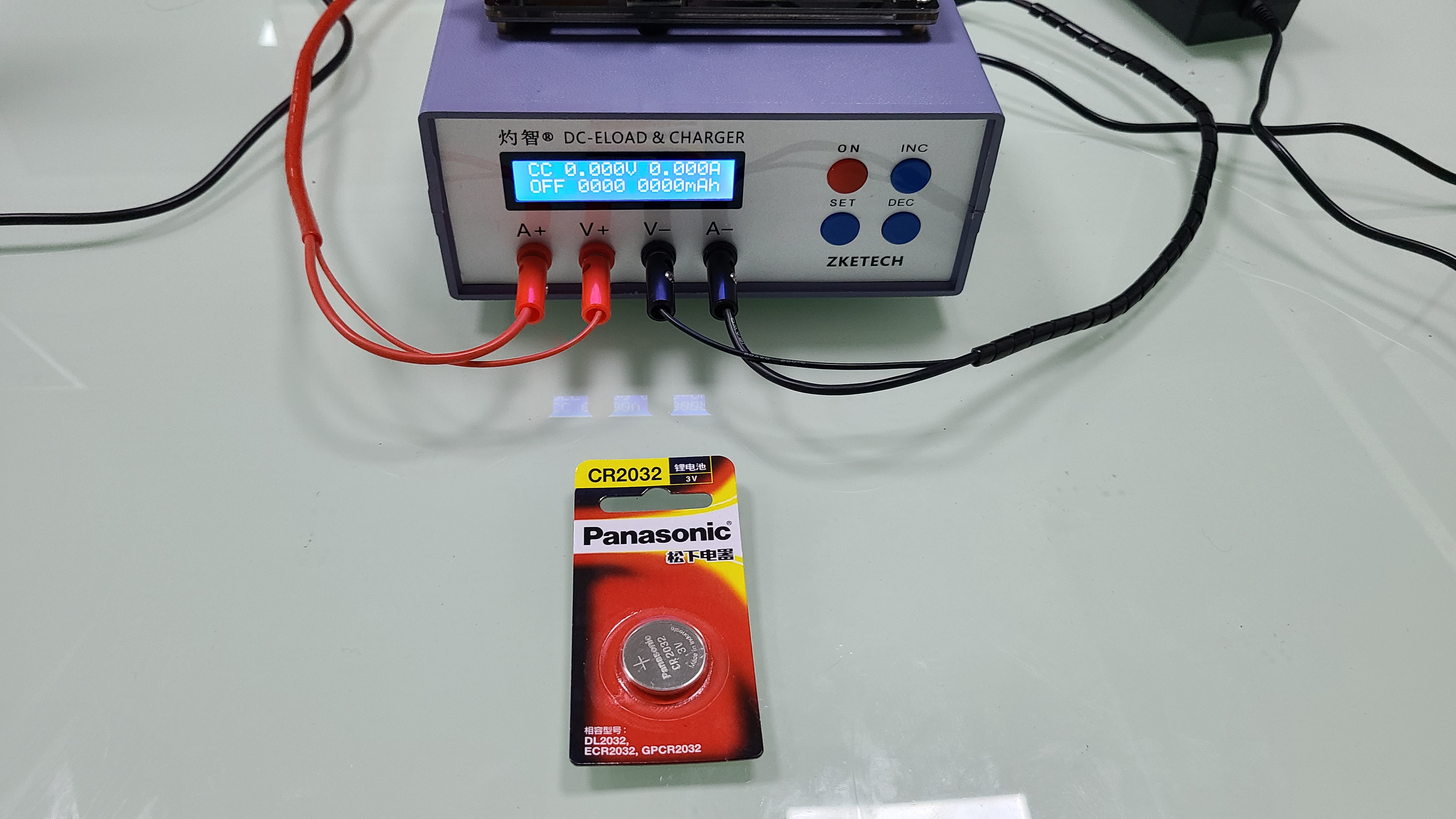
It turns out that the different test results of these batteries from different channels are very different. Therefore, we take the one with the highest capacity as the reference. Nevertheless, under the same test standard, the capacity of the NangFu CR2032 is 1.5 times that of the Panasonic battery.
Remote Distance of 150 meters
After testing the battery capacity, I was curious whether there would be a big difference in the remote distance when the two different brands of button batteries were placed on Tesla’s physical key.
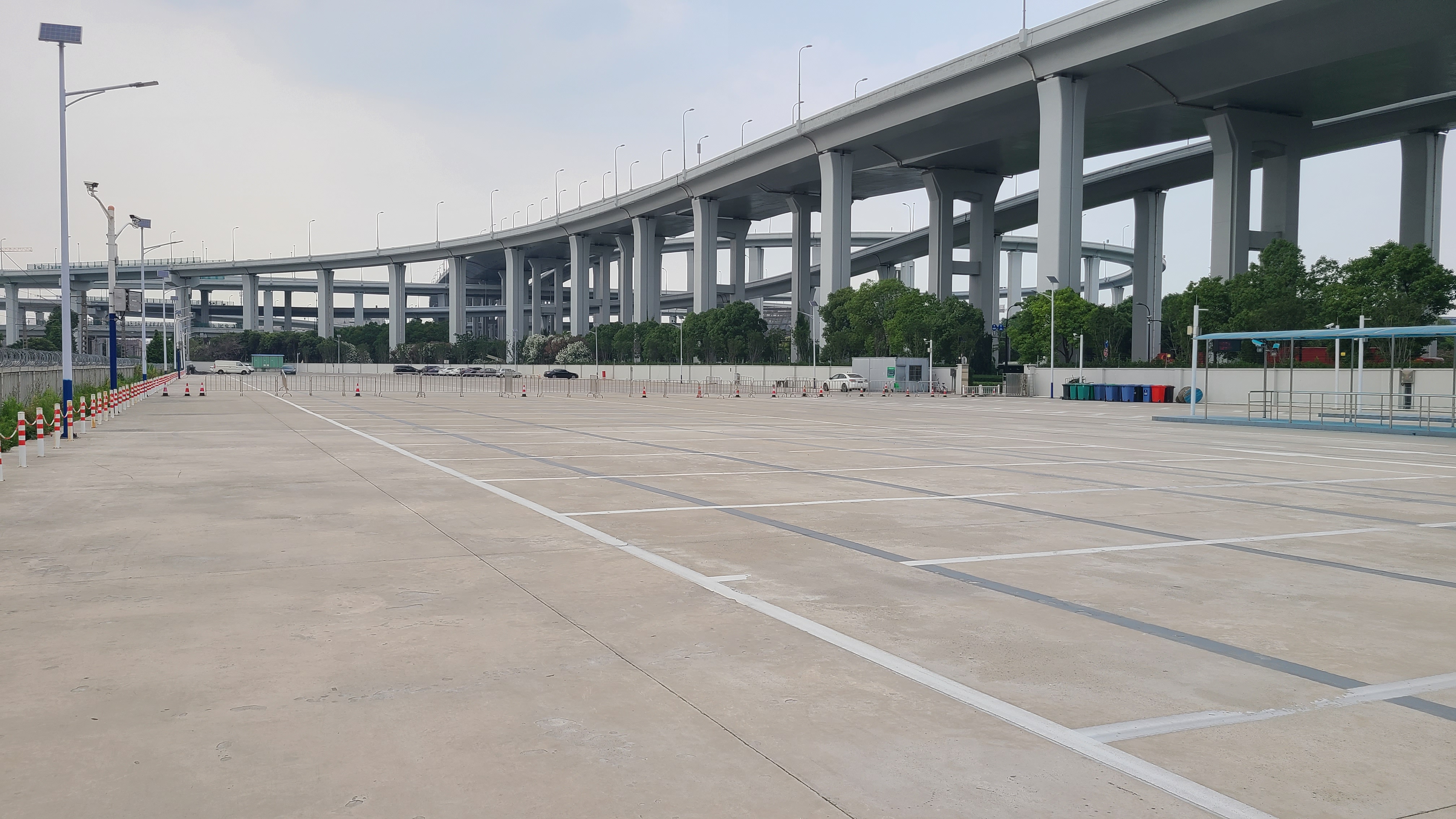
In order to avoid signal interference, I found a very open parking lot and replaced the old battery in the remote control with a brand new NangFu CR2032 button battery.
While walking away from Model 3 and continuously pressing the key to unlock it, I thought the remote distance would only be about 50 meters. However…
As you can feel, after our calculations, the actual distance was about 150 meters.
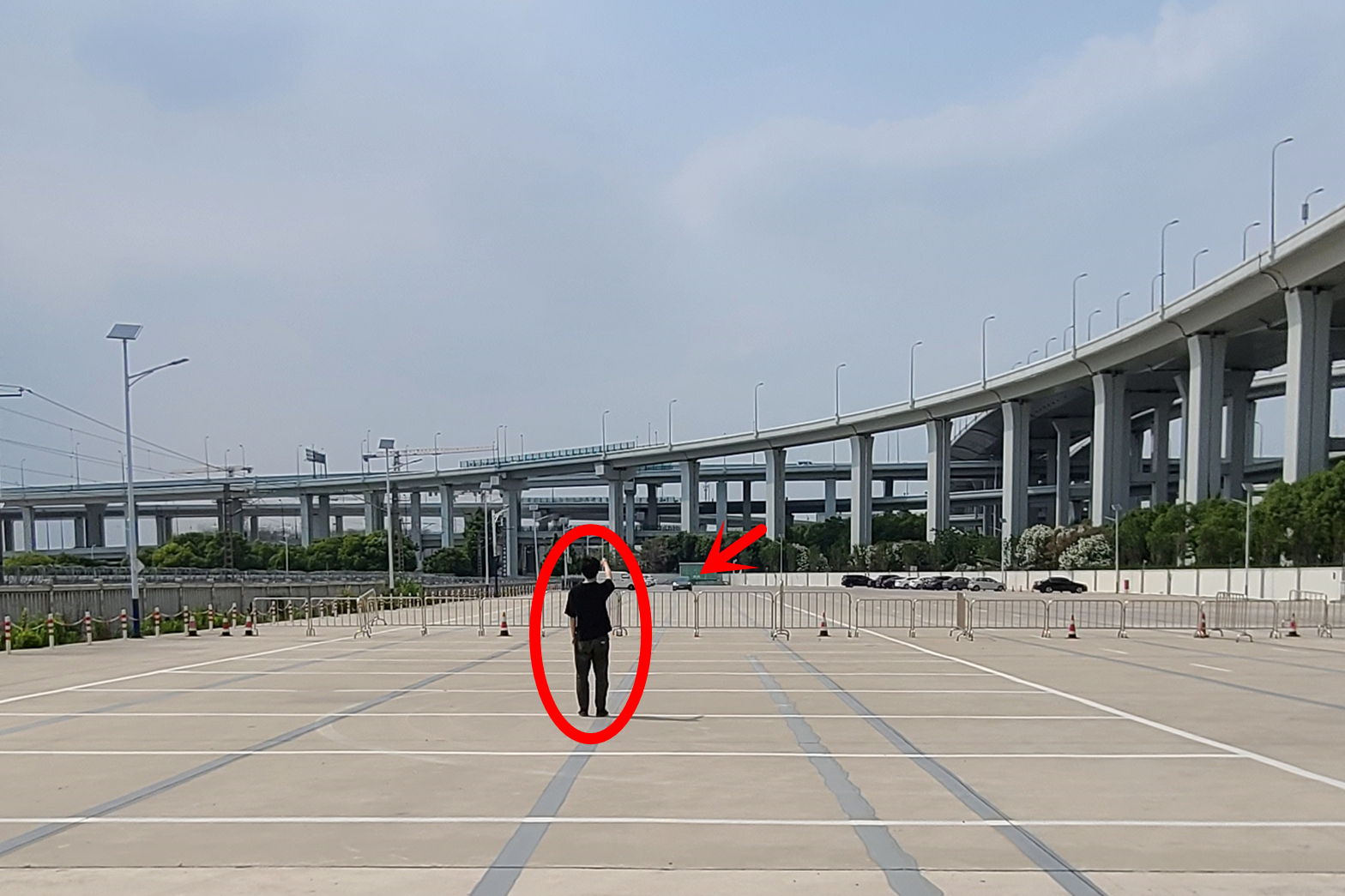
After testing the limit of the NangFu button battery, I replaced it with a brand-new Panasonic battery and found that it could also be used normally, and the limit distance was the same. This indicates that this should be the remote control’s limit distance.
So I took out the batteries that I tested before and examined whether there were any differences after using them for a long time.To my surprise, both the South-Fu and Panasonic batteries can unlock the car at extreme distances, but Panasonic is less stable and has a higher failure rate.
Overall, the two batteries do not differ much in extreme remote control distance tests. However, because the South-Fu battery’s capacity is 50% higher than Panasonic’s, the South-Fu button battery can be more durable under the same long-distance use conditions and has a stronger instant pulse power, resulting in higher unlock stability and success rates.
Moreover, in terms of price, the two are roughly the same. Clearly, for devices that require button batteries, I would recommend the South-Fu button battery, which is indeed more durable and more suitable for remote control and other appliances.
Finally, it’s time to buy the product.
However, you guys got it wrong this time!
Because the shipping cost is too expensive and I cannot afford it…
So, if you need button batteries, you can buy them at supermarkets or small stores, or search for South-Fu button batteries at flagship stores.
This article is a translation by ChatGPT of a Chinese report from 42HOW. If you have any questions about it, please email bd@42how.com.
